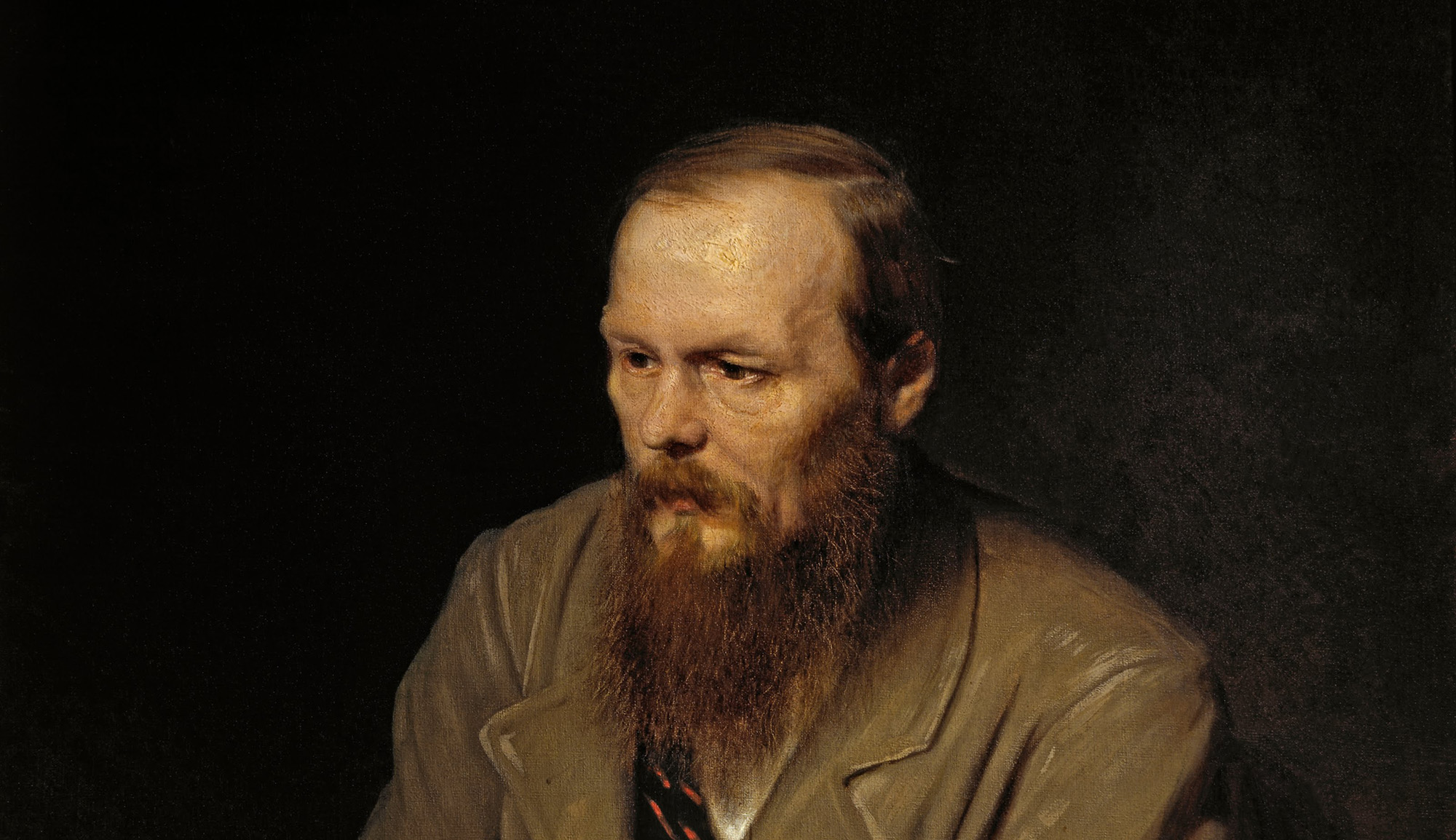On Tuesday, representatives of Hamas met with their counterparts from Fatah—the faction of the Palestine Liberation Organization (PLO) once led by Yasir Arafat that now governs parts of the West Bank—in Beijing to discuss possible reconciliation. While it is unlikely that these talks will yield any more progress than the many previous rounds, they constitute a significant step in China’s increasing attempts to involve itself in the Middle East on the side of Israel’s enemies.
By contrast, writes Tuvia Gering, Taiwan has been quick and consistent in its condemnations of Hamas and Iran and its expressions of sympathy with Israel:
Support from Taipei goes beyond words. Taiwan’s appointee in Tel Aviv and de-facto ambassador, Abby Lee, has been busy aiding hostage families, adopting the most affected kibbutzim in southern Israel, and volunteering with farmers. Taiwan recently pledged more than half a million dollars to Israel for critical initiatives, including medical and communications supplies for local municipalities. This follows earlier aid from Taiwan to an organization helping Israeli soldiers and families immediately after the October 7 attack.
The reasons why are not hard to fathom:
In many ways, Taiwan sees a reflection of itself in Israel—two vibrant democracies facing threats from hostile neighbors. Both nations wield substantial economic and technological prowess, and both heavily depend on U.S. military exports and diplomacy. Taipei also sees Israel as a “role model” for what Taiwan should aspire to be, citing its unwavering determination and capabilities to defend itself.
On a deeper level, Taiwanese leaders seem to view Israel’s war with Hamas and Iran as an extension of a greater struggle between democracy and autocracy.
Gering urges Israel to reciprocate these expressions of friendship and to take into account that “China has been going above and beyond to demonize the Jewish state in international forums.” Above all, he writes, Jerusalem should “take a firmer stance against China’s support for Hamas and Iran-backed terrorism, exposing the hypocrisy and repression that underpin its vision for a new global order.”
Read more at Atlantic Council
More about:
Israel diplomacy, Israel-China relations, Palestinian Authority, Taiwan


